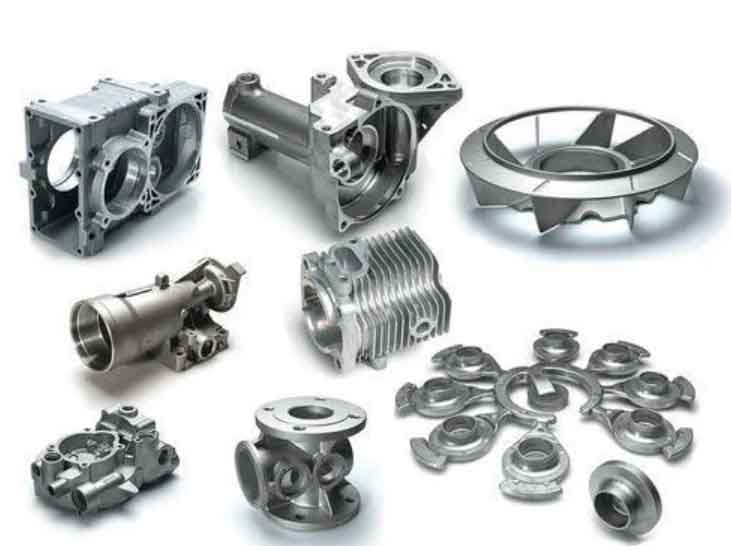
Improving ductility and toughness in grey cast iron alloys can be challenging due to the inherent brittleness associated with the graphite flakes in the microstructure. However, certain alloying elements and heat treatment techniques can be employed to enhance these properties to some extent. Here are some approaches to improve ductility and toughness in grey cast iron alloys:
- Alloying Elements:
- Silicon (Si): Increasing the silicon content in grey cast iron can promote the formation of nodular graphite instead of flake graphite. Nodular graphite provides better ductility and toughness compared to flake graphite.
- Molybdenum (Mo): Small additions of molybdenum can help refine the graphite morphology, resulting in improved mechanical properties.
- Nickel (Ni) and Copper (Cu): These elements can increase the matrix strength and promote the formation of fine-grained structures, which can improve ductility and toughness.
- Inoculation:
- Inoculation with elements like cerium or magnesium can refine the graphite flakes, leading to improved mechanical properties.
- Heat Treatment:
- Heat treatment techniques like annealing or normalization can be applied to relieve internal stresses and refine the microstructure, resulting in increased ductility and toughness.
- Austempering: Austempering, a heat treatment process that involves quenching and holding at a specific temperature, can produce bainitic structures that offer improved toughness compared to traditional martensitic structures.
- Reduced Cooling Rate:
- Slower cooling rates during the solidification process can encourage the formation of nodular graphite, which contributes to improved ductility.
- Controlled Section Thickness:
- Avoiding large section thickness variations in the casting can reduce the potential for internal stresses and improve overall ductility.
- Microstructure Control:
- By optimizing the casting process parameters, such as cooling rates and inoculation, it is possible to achieve a more uniform and refined microstructure, leading to improved mechanical properties.
It is essential to balance the desired improvements in ductility and toughness with other requirements for the specific application. While these methods can enhance the properties of grey cast iron to some extent, it’s important to note that grey cast iron will still have limitations compared to materials like ductile iron or steel in terms of ductility and toughness.
Ultimately, the alloy composition, casting process, and heat treatment techniques should be tailored to the specific application requirements and performance objectives to achieve the best combination of properties for grey cast iron components. Consulting with materials and metallurgical experts can be beneficial in optimizing grey cast iron alloys for specific engineering needs.
